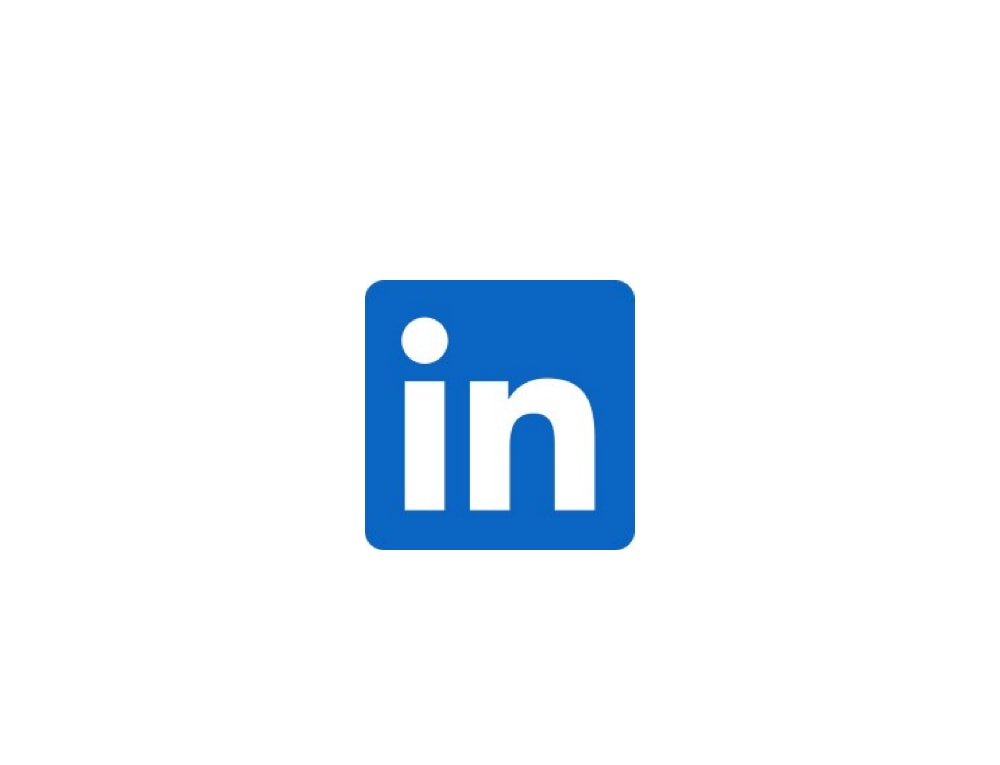As the 4th most used social media platform and the only one geared toward professionals, LinkedIn is a powerful tool for salespeople. In recent years, companies have been discovering how it can be a great resource for prospecting.
LinkedIn puts you in touch with a large network of business peers. This network is a valuable resource for building business relationships, generating leads and referrals, and for prospecting thorough social selling.
What is Social Selling?
Cold calling is a thing of the past (thank goodness!); now, smart salespeople are harnessing the power of social media. Social selling is a type of prospecting which utilizes social media platforms to communicate directly with sales prospects. Your sales team can use the information provided by users to identify qualified leads. Then, use engagement features built into the platform to have valuable conversations and share helpful information with these leads.
Why is LinkedIn Fertile Grounds for Social Selling?
Each social media platform has varying degrees of intent, explains Adam LaFaber, current director of the Digital Sandwich Agency and sales consultant for SearchActions; “there are varying degrees of why I am there? What experience am I looking for?” For example, Facebook “is the virtual party” and attracts users through social interactions. LinkedIn, on the other hand, “is the local professional groups networking event; work might come up at a party, but I am not leading with it.” This is to say that users like LinkedIn for its social nature, yet conversations about work and professional collaborations are also expected.
What Does the Prospecting Process Look Like on LinkedIn?
Here is a general overview of how to find qualified prospects and begin the social selling process on LinkedIn.
Define Your Target
First, you will want to draft a few target buyer personas. Think about your current client base, but also consider others who could potentially be your customers. Describe the industry that these personas work in and the professional role or function they likely have within it.
Find Qualified Leads
More than other social platforms, LinkedIn gives you a lot of information about other users. By looking at users’ profile you can find potential leads which fit your target buyer personas. Use the powerful search function on the platform to make a wide initial selection of possible leads.
Then, narrow down your search results to target the decision makers, the leads in your geographical area or those who are 2nd degree connections. Next, look at the company page on LinkedIn, check that it fits the size, maturity level and other factors to further qualify the lead. Finally, look at other employees connected to the company to decide if there is a better contact person within their structure. The names remaining on your list at this point are your qualified leads.
Reach Out to Qualified Leads
Once you have qualified the possible leads, feel around for social selling triggers. These could be anything from identifying a need in the company, receiving a notification about that lead viewing your LinkedIn profile, accepting your request to connect or posting an article relevant to your services. These are all good moments to reach out.
What Does Social Selling Look Like on LinkedIn?
Try responding to their post, sending a message through the platform to share some information or offer help with any pain points.
“Structure and plan your interaction and then don’t be weird,” advises Adam. “Treat the prospects as if he or she were actually in front of you. Act natural. Be helpful. Be interested rather than interesting. The best collaborations happen naturally.” Here is some other solid advice for a successful social selling approach:
Do
- Be natural.
- Have a genuine reason for reaching out.
- Write individual messages designed for each lead.
- Aim to build relationships with contacts.
- Provide relevant and helpful information.
- Focus on the needs of the lead.
Don’t
- Don’t copy and paste.
- Don’t message everyone who may be interested.
- Don’t spam or send multiple messages when no response is received.
- Don’t focus on selling.
What Types of Companies Could Benefit from Engaging on LinkedIn?
“All of them,” says Adam. “We get so caught up in B2B or B2C but it’s all really H2H – human to human. Let’s clear up a bit of a myth. We all have preconceptions about ‘where’ our targets are, what watering holes they frequent. I hear it all the time…’My business is too serious. My people aren’t on social media.’ That simply isn’t true. They aren’t on social media being business people, but iff something pops up that’s interesting to the, however, they don’t ignore it.”
On social media – LinkedIn included – it always goes back to quality content. “Attention is currency,” continues Adam. “Your audience is on social and your goal is to get their attention.” Content is the tool for getting attention on social media. How should a sales team do that? “Post interesting content and offer your insight and opinion about that content. Engagement is the goal here. And meaningful engagement will surely be the outcome.”
LinkedIn Best Practices
For more professional advice on how to optimize your personal profile or business page, download our handy LinkedIn Cheat Sheet. We layout a quick guideline for attracting the attention right LinkedIn users to further your career. Plus, we give some valuable marketing advice that can be applied to the LinkedIn network in order to boost engagement and employee advocacy.
Looking to increase business? Start with a marketing consultation and website audit by SearchActions. Contact our agency today.

